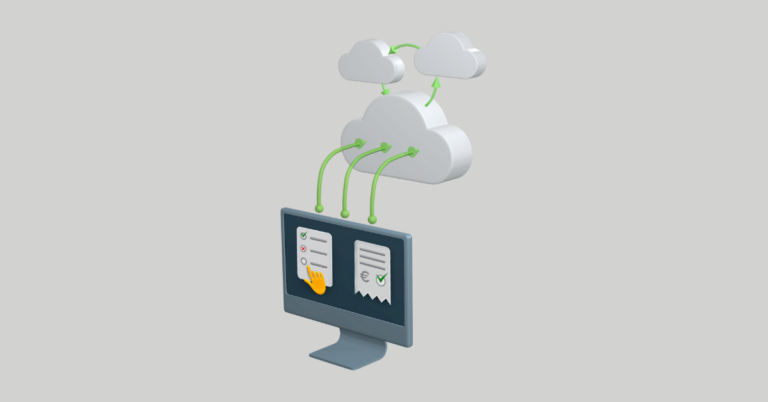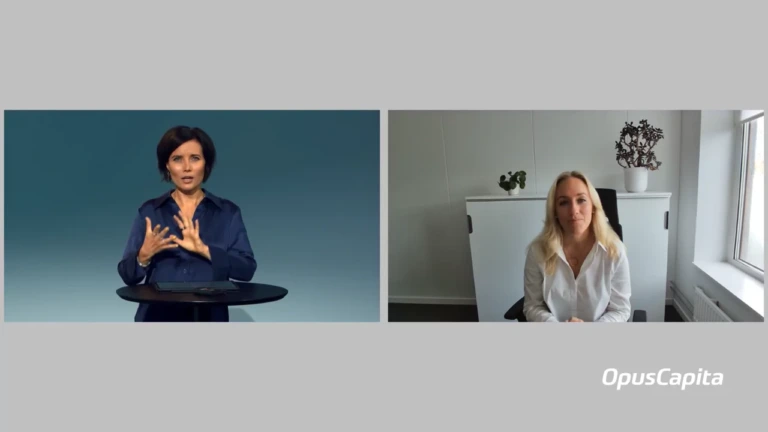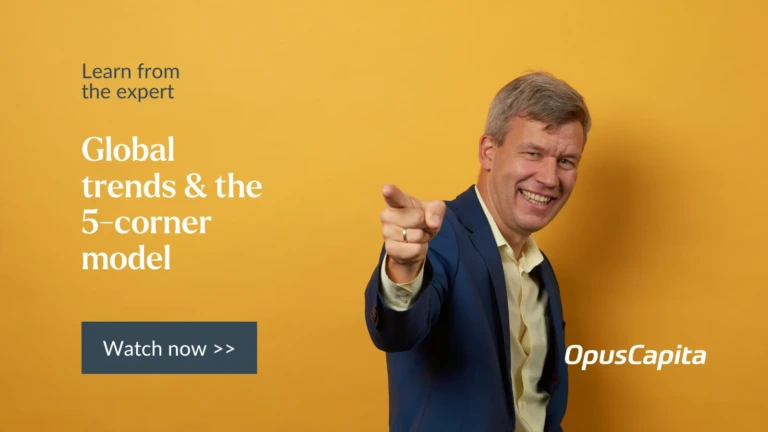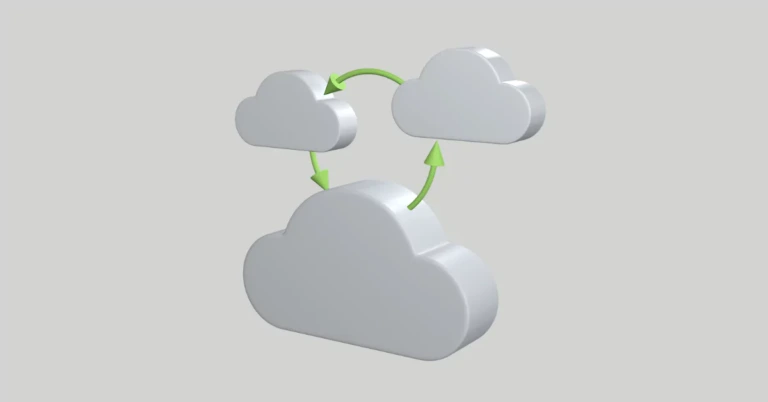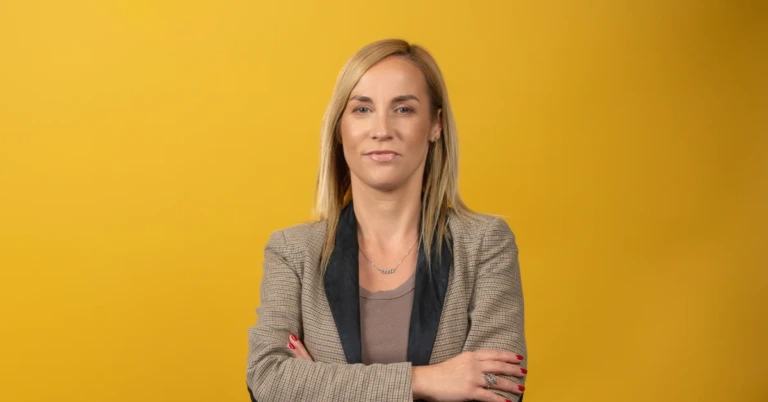
What is happening with the Global Interoperability Framework?
12.06.2019
Ahti Allikas
As the European standard for e-invoicing is being implemented this year, there is a real sense that the creation of a larger global interoperability framework may be possible. The fact is that establishing any digital business connection requires agreement on many different technical, business, and legal elements.
There is always both a business layer and a technical layer to take into account. This creates a lot of friction within global trade, increasing the costs for companies to do business. What if we would have total interoperability?
What needs to happen for true interoperability?
Establishing interoperability requires agreement in multiple areas, sometimes referred to as the 4 Ds.
- Data – the format, interpretation, and scope of the information to be exchanged
- Delivery – the means by which the data is conveyed
- Discovery – how companies, services, capabilities, and data elements are identified and made accessible to all parties
- Directives – the local, national, cross-border, business rules and legislation that have to be accounted for within the exchange process
The first three points are already a vital part of the interoperability framework but lately, also the fourth point starts to have more and more influence on interoperability. Agreeing on these 4 D’s is essentially what gives the ability to digitalize invoicing processes in a standardized way, making it more efficient and cost-effective for everyone involved.
Have you heard of the Global Interoperability Framework (GIF)?
I know what you’re thinking. Surely they could have picked a better acronym than GIF. All joking aside, the Global Interoperability Framework (GIF) working group has been set up by various industry bodies to identify and implement common components that can be widely adopted by service providers to increase automation, reduce the cost of adoption and accelerate digital trade.
At a more detailed level, the purpose of the Global Interoperability Framework (GIF) – working group is to work on strategic issues including but not limited to:
- The development of common views, understandings, and recommendations for the establishment of a Global Interoperability Framework for use by supply chain service providers in meeting the needs of their customers in the B2B and B2G space,
- Considering the potential role that could be fulfilled by supply chain service providers in support of common approaches to governmental fiscal compliance initiatives.
Why was the working group formed?
Standardization creates efficiencies for operators, customers, and governments. There are many organizations creating and managing standards and many are also trying to implement these standards. There are also many organizations out there who are trying to solve the interoperability challenge for their members on a daily basis and all of these organizations have come together to form the Global Interoperability Framework (GIF) group. For example, the European E-invoicing Service Providers Association (EESPA), OpenPEPPOL Association (PEPPOL), and Connect Once have come together to work on a framework that would help to solve the global interoperability of B2B and B2G message exchange by utilizing international standards
Each association has its own views on standardization, so this working group is trying to engage them all in a discussion in order to create a wider global interoperability framework. In practice, even if each association has a bit different technical standards in use, it can still have common elements that increase standardization and the ease of interoperability – here I would dare to say “Better half an egg than an empty cell” – something is better than nothing. While this is mainly for service providers the end users will also see a much easier e-transition, with greater access and shorter implementation times.
I see the activities of this group as a new chapter for global interoperability. I have been active in the E-Invoicing industry since 2000 and I am happy to see the industry being closer than ever to achieving real interoperability.
If some of you have followed my earlier blogs regarding E-Invoicing standardization activities in the US driven by the Business Payments Coalition (BPC) group then I sincerely hope that this group will start to govern and drive the standardization in the US and will also be part of the Global Interoperability Framework (GIF) group only that way we can one day reach to true global interoperability.
I really like to dream big and aim high.
Main players in the Global Interoperability Framework
EESPA
EESPA acts as a trade association at the European level for a large and dynamic community of E-Invoicing Service Providers, drawn from organizations that provide network, business outsourcing, financial, technology, and EDI services. EESPA is an International Not-for-Profit Association (AISBL/IVZW) organized under Belgian law. Formed in 2011 EESPA has over 70 full and associate members.
PEPPOL
The purpose of OpenPEPPOL is to enable European businesses to easily deal electronically with any European public and private sector buyers in their procurement processes. It targets to simplify the purchase-to-pay process by using new European e-invoicing standards.
Connect Once
The Open Network for Commerce Exchange (ONCE) is an organization that provides marketplace operators, their suppliers and customers, service providers, and others dedicated to B2B e-Commerce, a collaborative forum to advance global trade. Since its birth in 2000, ONCE has focused on helping its Members identify common issues and creating standard solutions that enable the acceleration and growth of online trade.
On the pulse of interoperability development
OpusCapita actively participates in the international development of network interoperability, and we’re a member in international communities such as PEPPOL, EESPA, CEF and FeRD.
